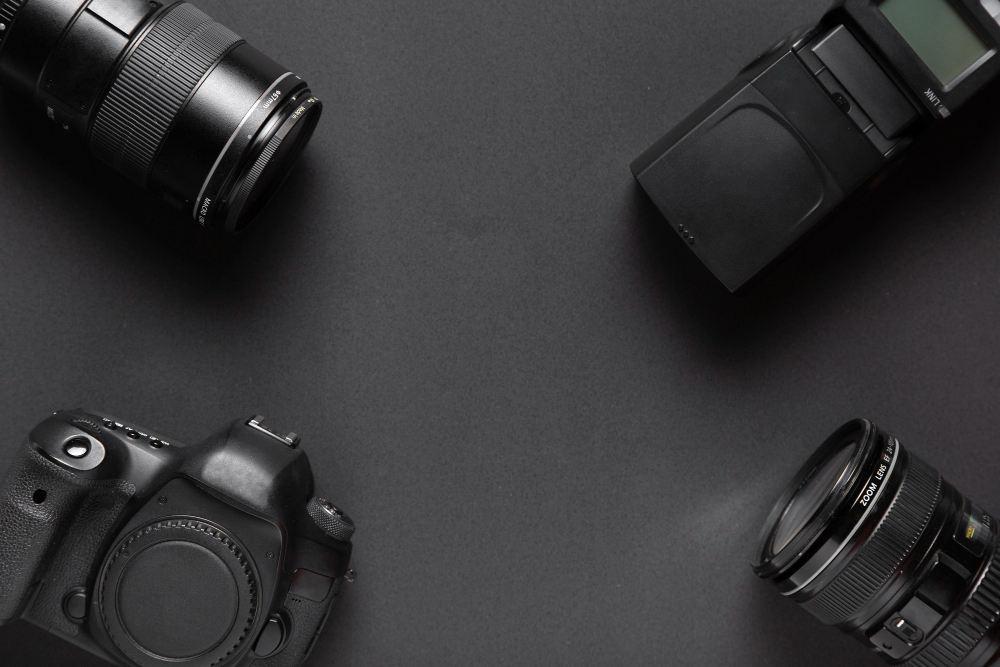According to cnet.com, the history of the digital camera began in 1961 by Eugene F. Lally of NASA’s Jet Propulsion Laboratory. Lally was attempting to digitize light signals so astronauts could take finer images, to have a better understanding of their position in space. While he did figure out how to solve the problem of red eyes in photos, the technology of the time was lacking in comparison to his theory. In 1975, the first digital camera was invented by Steven Sasson, an engineer with Eastman Kodak. It took the newly invented camera 23 seconds to snap a picture in black and white onto a digital cassette tape. The digital age was becoming truly revolutionary. But, not just anyone could pick up and take a photograph. It was crucial to know the right settings, understand light exposure, and grasp the concept behind camera functions.
In order to efficiently use a digital camera, it is helpful to first learn about the functions of it. The three main features to understand are the ISO, shutter speed, and aperture. The ISO, also known as the International Standards Organization, is the industry wide standard for measuring light sensitivity. The lower the number, the darker the image will appear. The higher the number, the lighter the image will appear. Overall, understanding ISO settings allows for efficient lighting and exposure in your photos.
Shutter speed refers to the length of time the lens stays open during an exposure. The shutter speed is typically measured by fractions of a second. The slower the shutter speed, more light is passing through to the camera sensor. This allows for dimmer shooting situations, as well as capturing motion. A faster shutter speed is used when there is more light in the scene, as well as to freeze motion. Overall, grasping the concept of shutter speed can assist with capturing powerful visual compositions.
Aperture is the opening in the lens that allows light to travel through. It is measured by the f-stop. The smaller the number the f-stop is, the wider the aperture is. This allows more light into the camera sensors. The aperture also has control over the depth of field, described as the distance between the furthest and closest objects that appears to be in focus. The smaller the aperture, the more depth of field is present. Overall, understanding the aperture and f-stops allows the subject of the composition to have direct or indirect focus.
There are a few things to keep in mind when starting out in photography.
• The composition that is being created through the lens is a major factor to making a strong exposure.
• Don’t cut off any important parts of the subject, like hands and feet, with the edge of the frame.
• Make sure to keep moving while shooting and don’t stay in one place. This helps to change up the composition of the image and the perspective. Even changing the camera height can produce new and interesting perspectives for the image.
• Another important thing to keep in mind while shooting is to make sure there is a strong focal point and that the camera is in focus Also, pay attention to your composition and background.
• Finally, don’t forget to have a clean camera lens. A dirty lens can produce blurry images or leave dust spots on the final images.
Overall, photography is a passion for many with a driving force that has been producing beautiful compositions for quite some time. Thanks to the power of technology, it has grown from a time-consuming process with darkrooms and heavy equipment, to a quick and efficient digital era. You can visit cnet.com to learn more about modern photography and the digital era it has evolved into.

